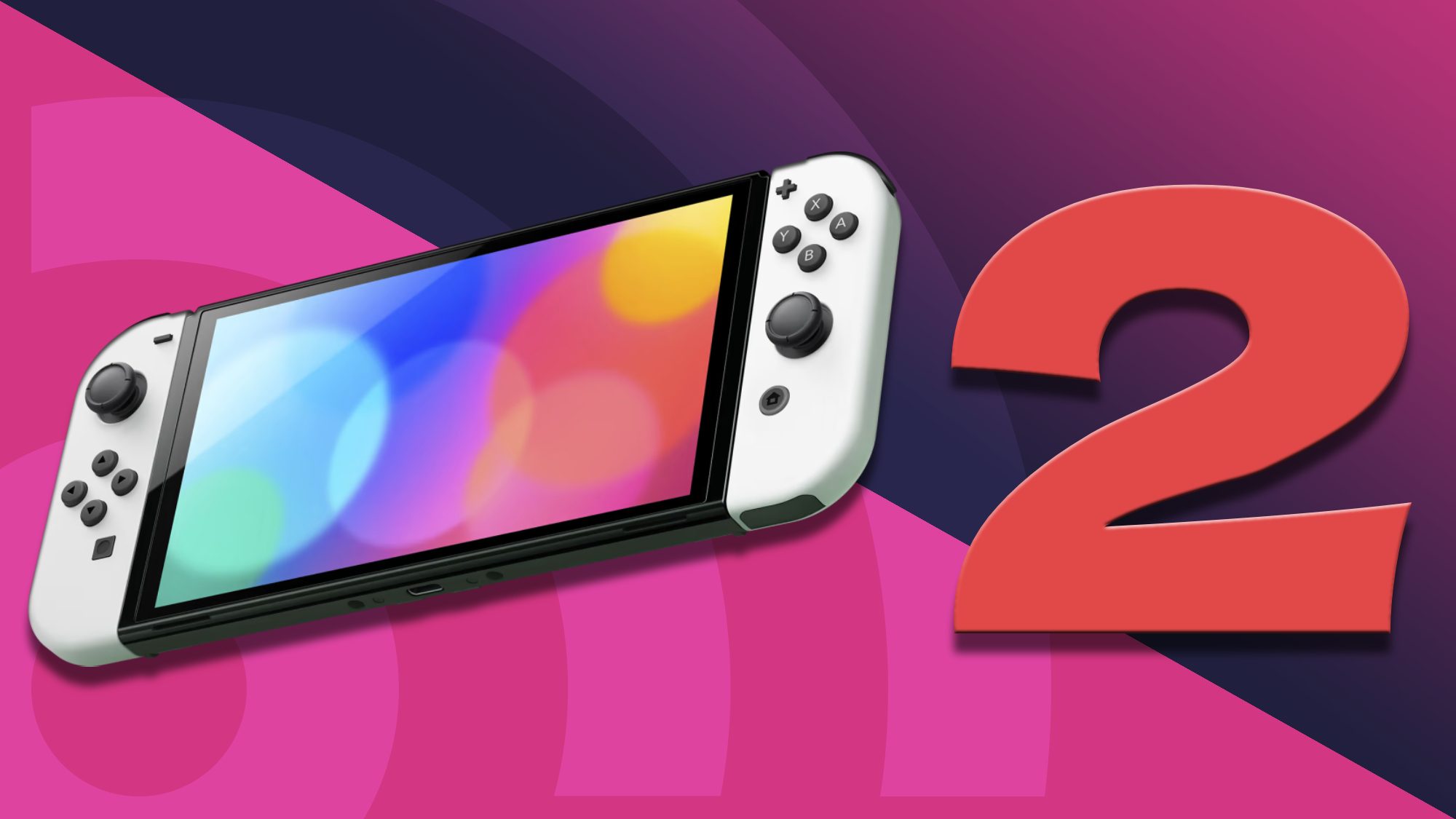
A common agreement among Nintendo fans is that the company seems to be gearing up for a new hardware launch this year. While the Kyoto-based console maker is yet to officially confirm the Nintendo Switch’s successor, one thing is certain: fans are largely in agreement that it should be the Nintendo Switch 2. Or, put simply, an improved version of what we already have.
Last year, of course, was rife with rumblings in regards to the Nintendo Switch’s succeeding console. Sources confirmed to TRG and other outlets that Nintendo Switch 2 tech demos took place at Gamescom 2023, showcasing an enhanced build of The Legend of Zelda: Breath of the Wild. Nintendo, perhaps unsurprisingly, flatly denied the reports as “rumors,” but this hasn’t stopped folks from speculating and considering the improvements the Switch’s successor could bring to the table.
However, while such speculation can be fun, reality usually dictates that our wildest dreams probably won’t match up to the final product. Instead, then, what can the Nintendo Switch 2 - if it is indeed an enhanced version of the 2017 console and its 2019 revision - realistically improve upon that allows it to bring forward a better experience while keeping everything it does so well intact? Here’s a breakdown of everything we think the Nintendo Switch 2 should be aiming for upon release.
1. The same hybrid experience, refined
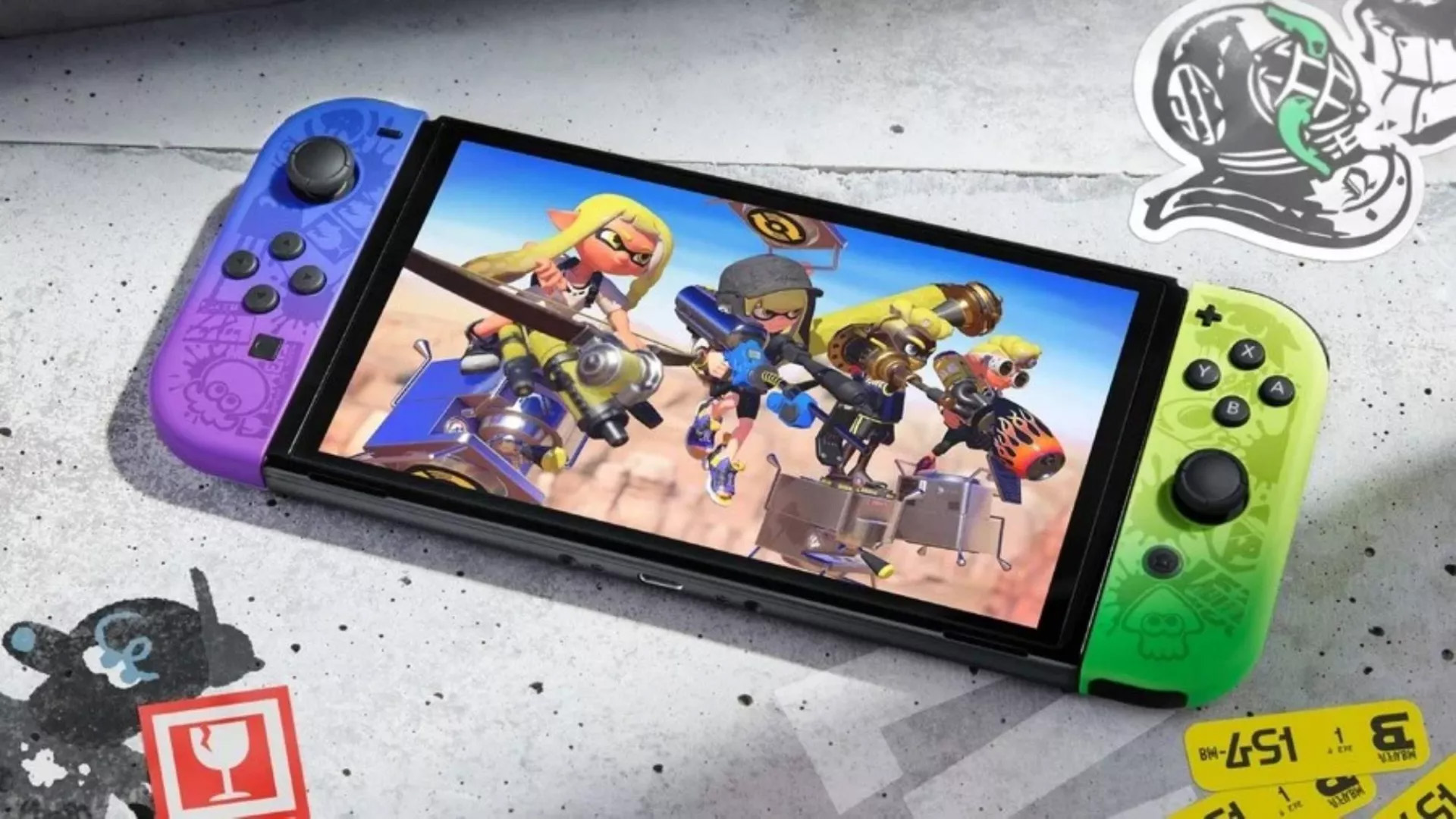
The Nintendo Switch’s unique selling point - and indeed one of the key reasons why the console has (to date) shipped over 132 million units - is its hybrid factor. Playing on TV with the console in its dock does provide higher resolution (up to 1080p) and overall more stable performance, but the ability to pop out the display and play on the go can’t be discounted. This versatility is especially true of the Nintendo Switch OLED’s gorgeously vivid 720p screen, which lends eye-catching clarity to colorful titles like Splatoon 3 and Super Mario Bros. Wonder.
The hybrid nature of the Switch is clearly a winning formula, and one that I hope is here to stay for its next console iteration. I’d love for the Nintendo Switch 2 to feature an OLED display as standard, but improvements can certainly be made when it comes to ergonomics. A slightly lighter form factor would make portable play all the easier for those who find the Switch (or the OLED) to be a bit on the bulky side. Further changes, such as textured grips or a more stable kickstand, could also help make that portable experience even more comfortable.
2. An improved eShop
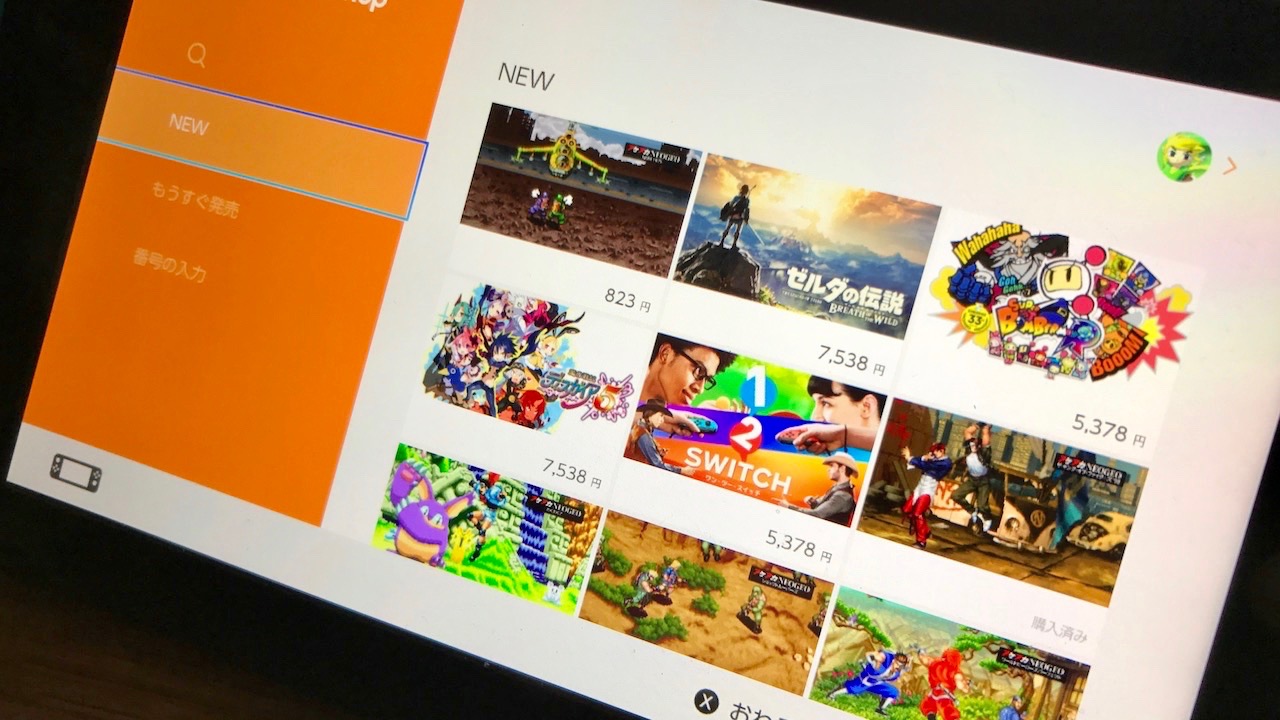
Moving from one of the Switch’s best features now to easily one of its worst. Slow, clunky, and bloated with shovelware, browsing the Nintendo Switch eShop is infinitely more frustrating than it needs to be. The sheer volume of games is one thing, making it often quite challenging to browse for real hidden gems. But what’s even worse is just how sluggish the browsing experience actually is.
Simply navigating through sections of the eShop is a trying time, with horrific input delay that often sees whole seconds pass by before moving from one item to the next. Furthermore, individual store pages for games can take a while to load fully, too.
The eShop does have some positives, though, like its generous reward system and excellent search functions. I’m not asking for an iron fist when it comes to curation; rather, Nintendo should consider moving away from this Steam Greenlight-esque ‘anything goes’ mentality for hosting games on its storefront, as this has led to its new games section looking like an unorganized mess.
3. Improved specs
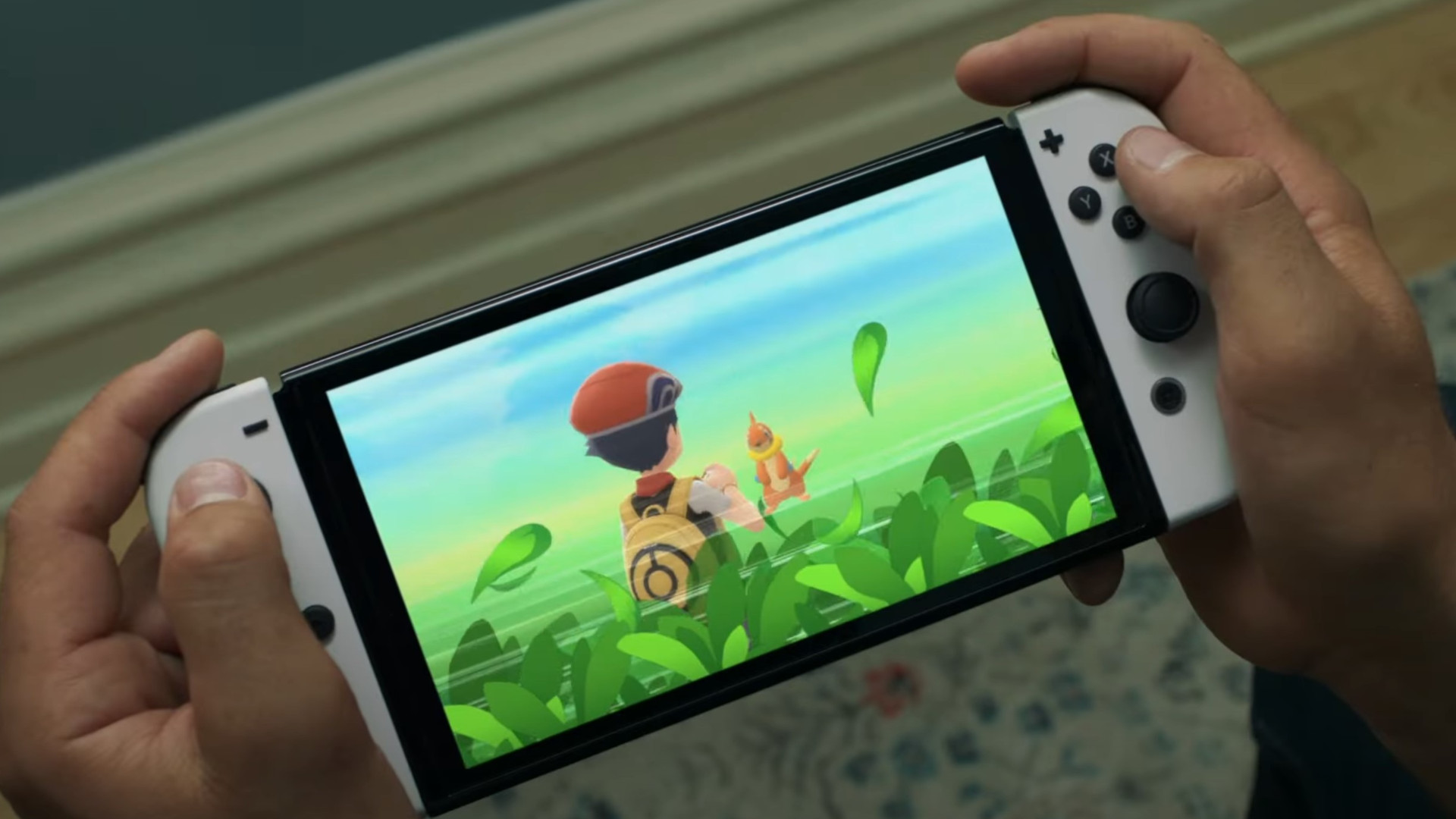
Even at the time of release, the Nintendo Switch’s performance was expected to be underwhelming due to its usage of the Tegra X1 mobile chipset, which was already a couple of years old by 2017 and primarily used for devices like the Nvidia Shield TV. And yes, Nintendo consoles being relatively underpowered had been a thing since the days of the Wii, which didn’t have HD support. Even the Wii U in 2012 was about only slightly better, performance-wise, than a first-generation PS3. The Switch, meanwhile, often does its portable nature a disservice when titles like Xenoblade Chronicles 3 and Bayonetta 3 run much, much worse in handheld mode.
I’m certainly not asking for Nintendo to match or surpass what we get on PlayStation 5 or Xbox Series X. But it would be fantastic to see some smart upgrades in performance that allow the Nintendo Switch 2’s games to look great on TV and play smoothly in handheld mode. A 1440p option for docked mode would be tremendous, but I’d be happy with a stable 1080p in this regard. An upgrade to 1080p for the handheld’s display would be extremely welcome, too, as we’ve seen with the Asus ROG Ally.
Of course, the possibility of such upgrades will all come down to the Nintendo Switch 2’s specs. But Nintendo already has some helping hands in its favor. Evidence of AMD’s FidelityFX Super Resolution technology (which, like Nvidia’s DLSS, leverages AI to smartly upscale games with little cost to overall performance) has been spotted in games like Splatoon 3 and Nintendo Switch Sports. It may be that such tech becomes more standard on Nintendo Switch 2.
4. Better Joy-Con controllers
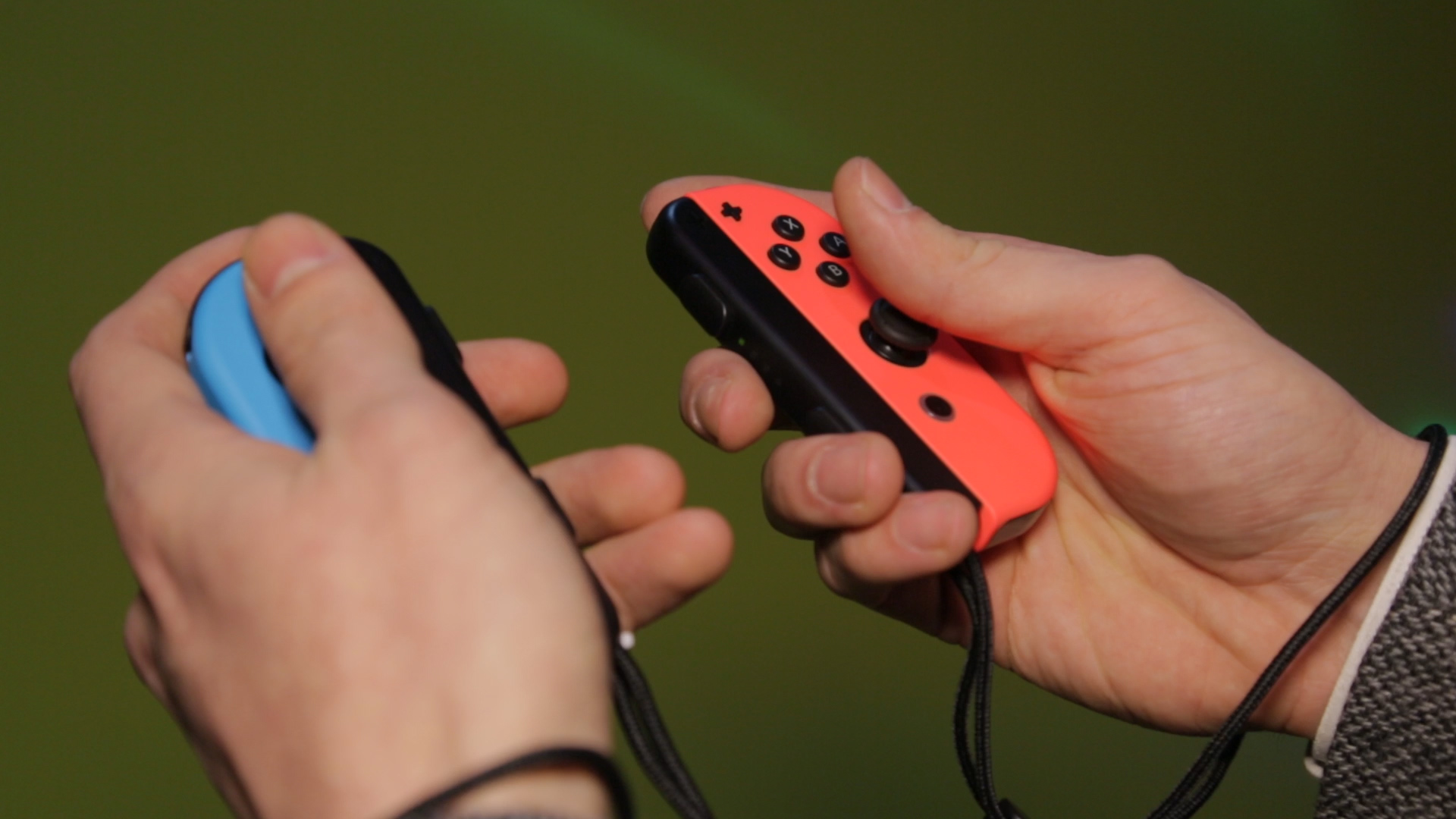
Nintendo’s Joy-Con controllers are pretty underwhelming and often simply not fit for purpose. This flimsy pair of controllers tend to break quite easily, betraying Nintendo’s typically sturdy hardware track record. They’re also highly prone to stick drift, where inputs like movement and camera alteration can be registered even if the player isn’t touching the sticks.
Nintendo would be wise to implement Hall effect technology for a Joy-Con revision, then. This tech would practically eliminate the risk of stick drift and would be forward-thinking in the first-party space, as both Microsoft and Sony have also neglected the tech for their most up-to-date gamepads. Clicky, mechanical face buttons would be a win here, as well. Certainly not necessary, but I do like the tactile feel of these, and I feel they’d be a fantastic fit for a controller as compact as the Joy-Con.
It'd also be great to see Nintendo realize the true potential of its HD Rumble tech. Only very sparingly used since the console's launch, HD Rumble has the capacity to provide a more immersive and context sensitive rumble not unlike the haptic feedback of the PS5's DualSense wireless controller. I'd love to see HD Rumble be less of an afterthought with Nintendo's next console.
5. Backwards compatibility and enhanced games
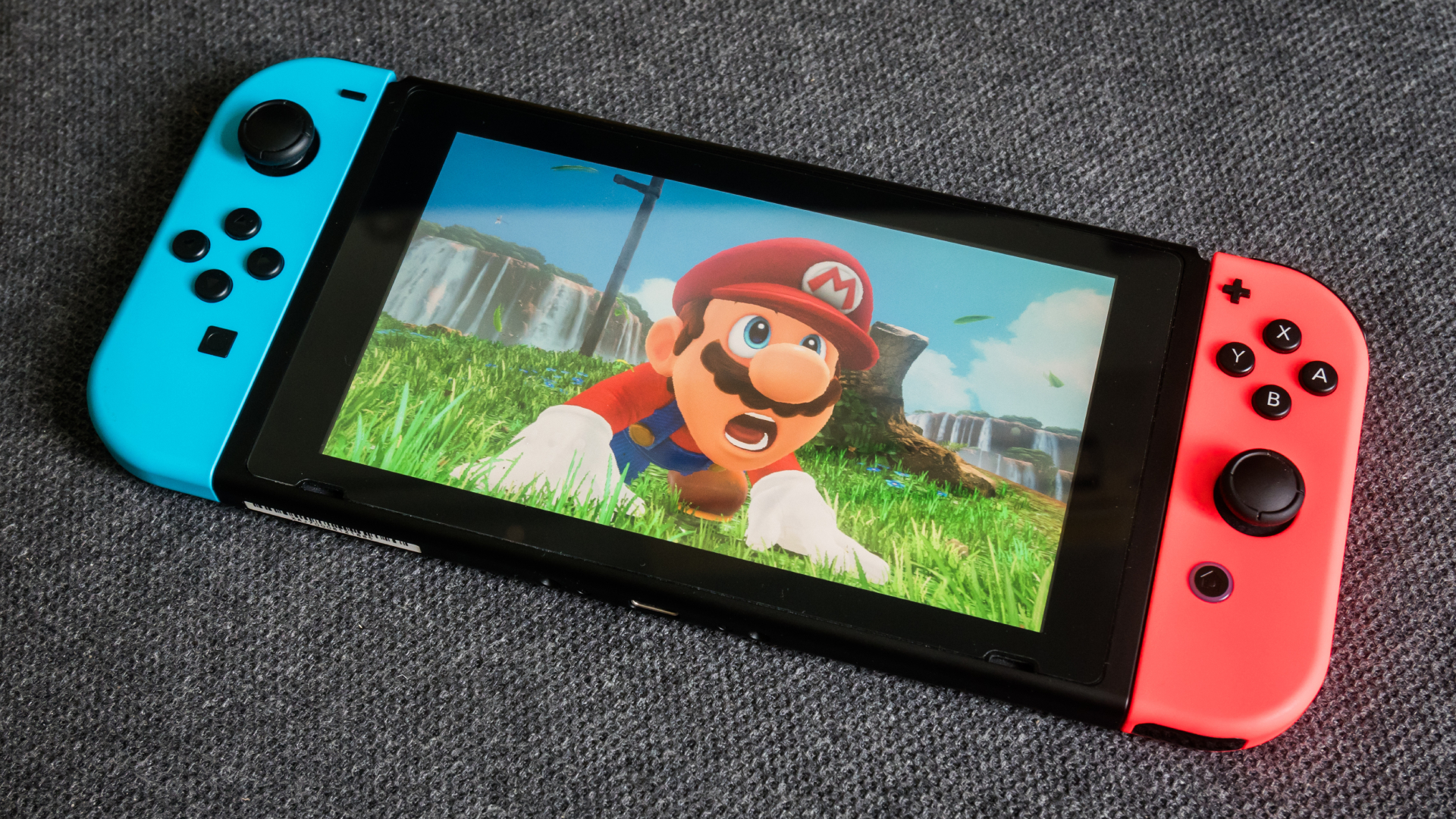
Nintendo’s approach to backwards compatibility has been relatively solid for its last few generations. Gamecube games could be played on the Wii, and Wii games were compatible with the Wii U. The Switch is a different beast, opting for cartridges over optical discs. And if the Nintendo Switch 2 continues this approach, it just makes sense for existing Switch games to be compatible with the new console.
But I’d like to see Nintendo go a step further here, and embrace Xbox’s excellent approach to backwards compatibility. Several Xbox One games have been enhanced for current-gen, meaning they benefit from better resolutions and performance. Even some Xbox 360 titles have received enhancement patches, with games like Sonic Unleashed able to run at 60fps on Microsoft’s newest machines thanks to the FPS Boost feature.
Enhancing older titles would make the best Nintendo Switch games better than they’ve ever been. As excellent as The Legend of Zelda: Tears of the Kingdom and Xenoblade Chronicles 3 are, they’d certainly benefit from improvements to frame rate, draw distance, and load times. Following the Xbox model would also mean players wouldn’t have to buy a new version of their existing games; a simple patch would do the trick instead.
6. More stable netcode
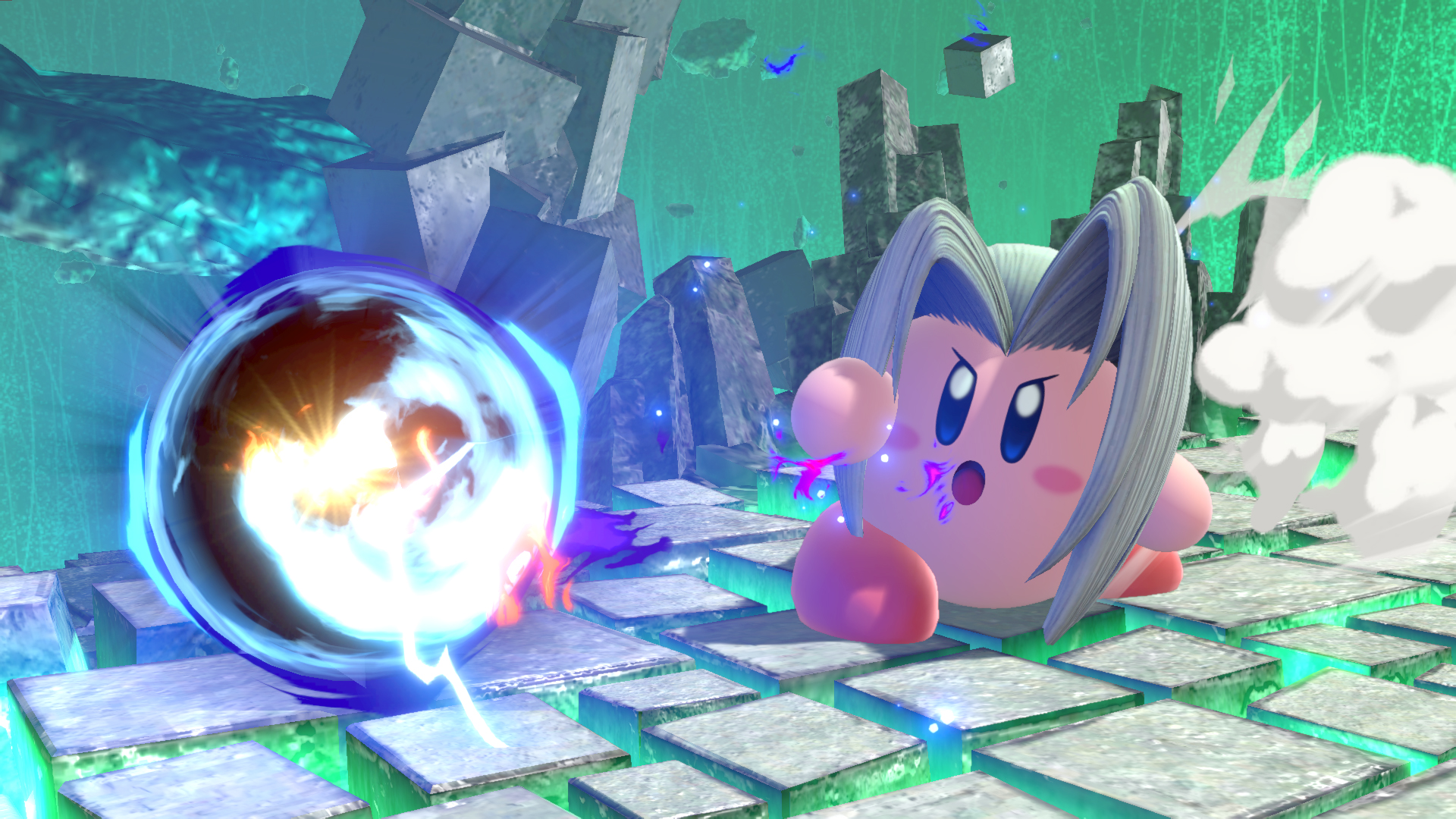
It’s high time Nintendo puts its poor reputation for online play to bed with the Nintendo Switch 2. The company has long lagged behind the competition when it comes to offering smooth online connectivity. On Switch, games like Super Smash Bros. Ultimate and Mario Kart 8 Deluxe are frequently subject to dropouts. This problem was exacerbated by the original Switch model’s complete lack of an ethernet port; players instead had to rely on Wi-Fi until the Nintendo Switch OLED had one added to its dock.
Improvements have been made on this front in recent years. Nintendo has deployed its new NPLN netcode for games like Splatoon 3, Monster Hunter Rise, and Pokémon Legends Arceus. Sadly, the results still leave something to be desired (with Splatoon 3 especially suffering from semi-frequent disconnects). Still, overall, NPLN is a step in the right direction and will likely be the standard netcode for its next generation console.
7. Carry over NSO accounts and retro libraries

Nintendo Switch Online’s retro libraries were fairly controversial at launch. With only a handful of NES titles hosted via the cloud during its September 2018 launch, the offerings were a far cry from the halcyon days of the Wii’s Virtual Console. But in the years since, Nintendo Switch Online has grown to host quite a huge number of games across NES, SNES, Nintendo 64, Game Boy, Game Boy Color, Game Boy Advance, and Sega Mega Drive/Genesis. It’s a smart package now that makes opting for the higher-tier Expansion Pack worth the extra cash.
So it’d be a shame to see Nintendo throw it all away again when its subsequent console launches. If anything, Nintendo should carry on the momentum by continuing to add classic titles across its retro libraries. The next logical step beyond that would surely be Gamecube games, or the addition of TurboGrafx-16 and Neo Geo libraries. I’m still holding out hope for the wonderful Mischief Makers to land its cheeky self in the N64 collection.
There’s plenty Nintendo can be doing to improve upon the Nintendo Switch with its next console. But the important takeaway is that it certainly doesn’t need to reinvent the wheel. The Switch is such a winning formula that while Nintendo’s penchant for innovation is always interesting, at the least, it’d be a shame to do away with everything it’s built towards over the last seven years. The Switch model should be here to stay, as it’s tough to imagine a complete overhaul would be to the benefit of the company or its consumer base.
For more of our favorite things on Nintendo’s current-gen console, be sure to check out our guides to the best Nintendo Switch controllers and best Nintendo Switch accessories.







